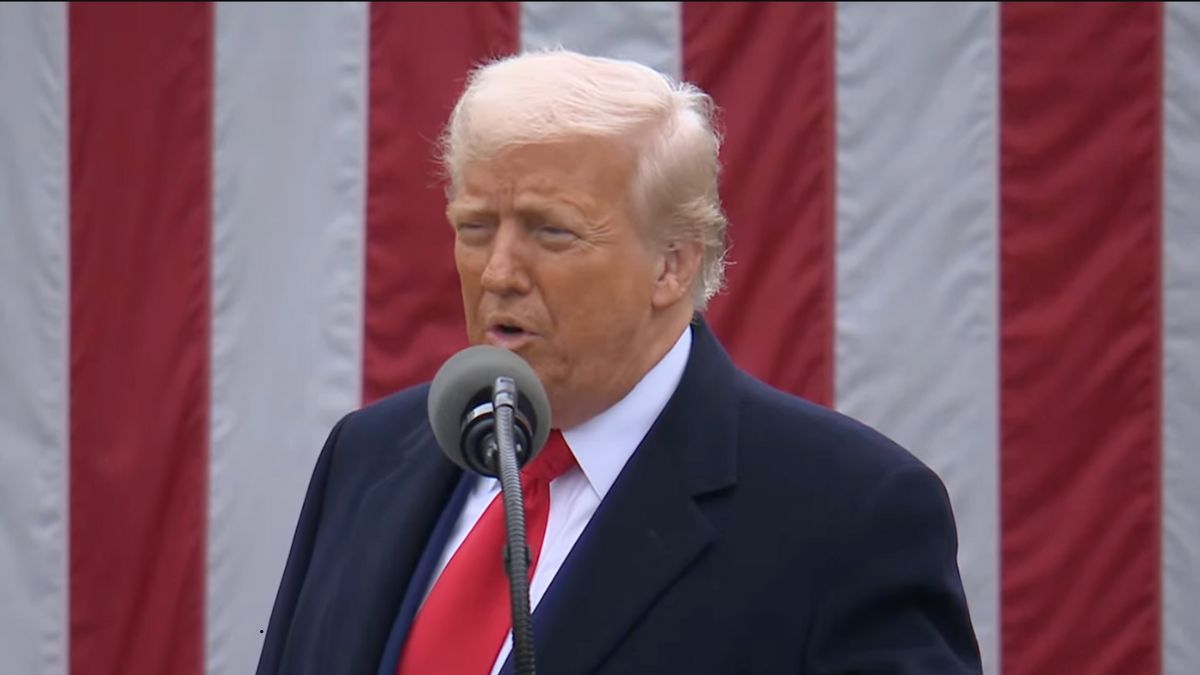In a landmark trade policy shift, U.S. President Donald Trump on Wednesday announced that he will shortly sign a historic executive order enacting reciprocal tariffs on countries across the world. Speaking at the White House, Trump emphasized the simplicity of the new approach:
“Reciprocal. That means they do it to us and we do it to them. Very simple. Can’t get any simpler than that.”
The executive order will be followed by the rollout of 25% tariffs on all foreign-made automobiles, which will take effect from 12:01 a.m. EDT on April 4, as confirmed in a Federal Register notice. An additional 25% duty on imported automotive parts will follow on May 3.
(The 25% automobile tariffs are due to take effect at 12:01 a.m. EDT on Thursday, with the 25% tariffs on auto parts due to take effect at 12:01 a.m. EDT on May 3, according to the Federal Register.)
Trump used the platform to draw attention to what he described as unfair practices by foreign nations:
-
“India charges 70% on motorcycle imports, while the U.S. only charges 2.4%,” he said, calling the disparity unacceptable.
-
He called out Toyota by name for selling 1 million foreign-made vehicles in the United States, criticizing such practices despite the U.S. being a top auto market.
-
Japan and South Korea, key American allies with significant auto exports to the U.S., were also mentioned as examples of trade imbalance.
-
Trump added, “We won Michigan by a lot, and I want to thank the auto workers,” underlining the political and industrial impact of his policy in America’s automotive heartland.
According to the notice, the auto parts list includes engines, powertrains, brake systems, transmissions, electrical components, and more, while allowing domestic producers to request further additions.
For vehicles qualifying under the U.S.-Mexico-Canada Agreement (USMCA), the 25% duty will apply only on non-U.S. content of the imports.
Trump declared the day as “Liberation Day” for American industry, promising a revival of domestic manufacturing and branding it the beginning of “our Golden Age.”


